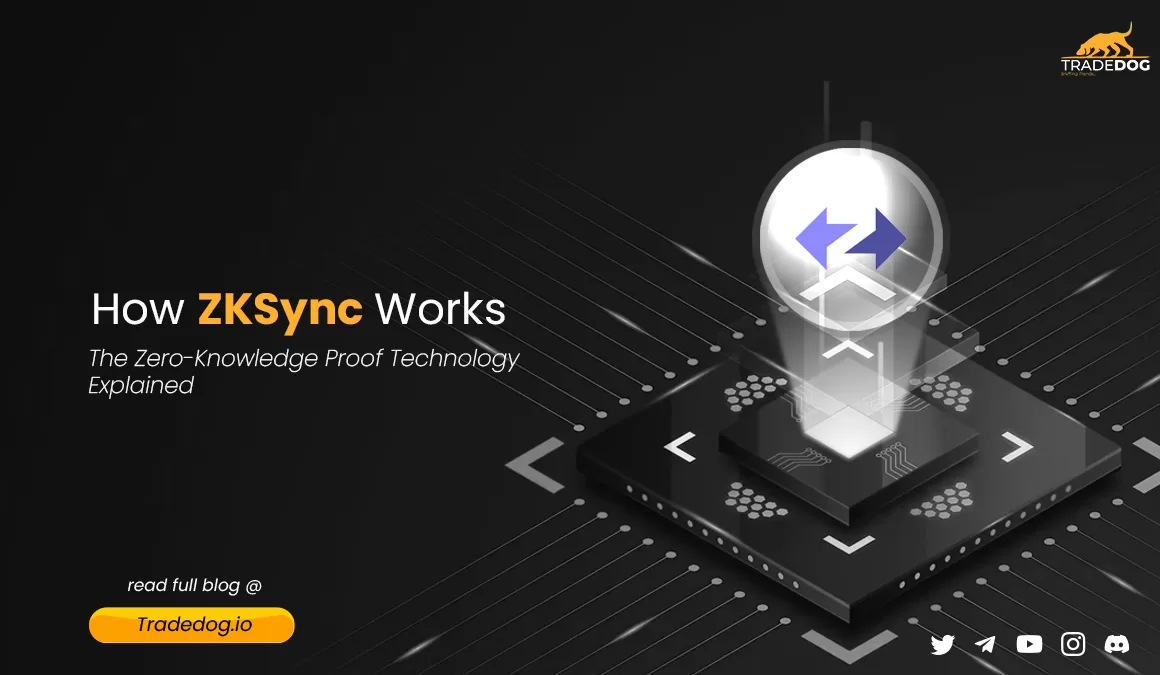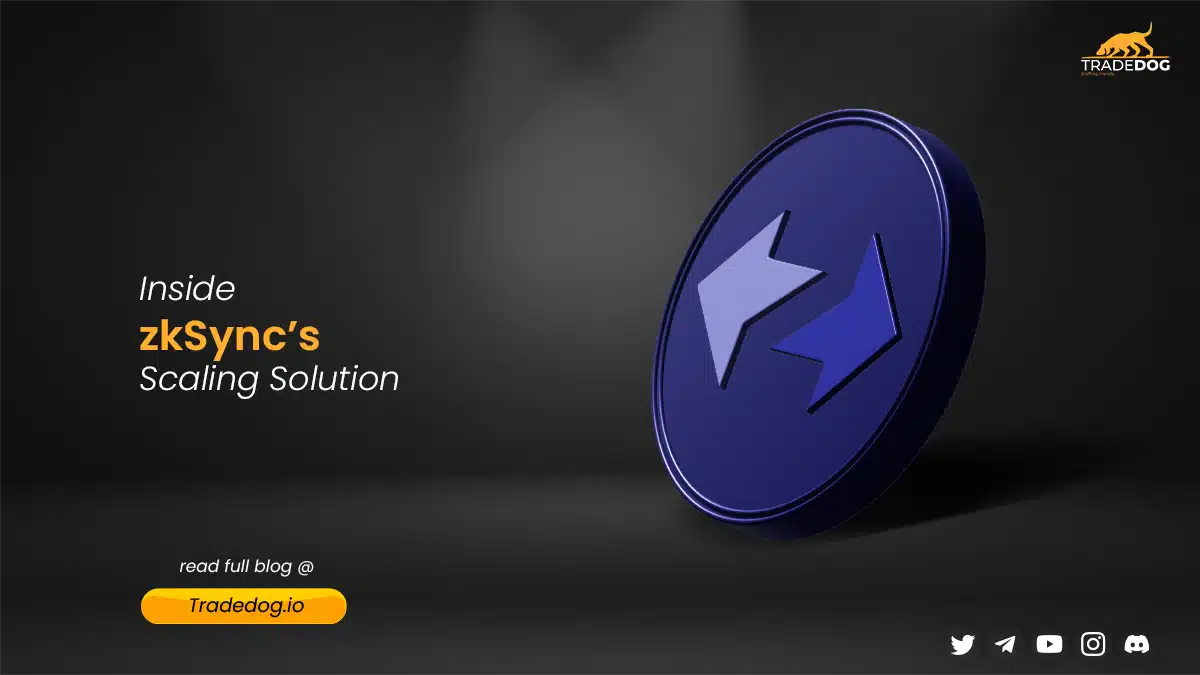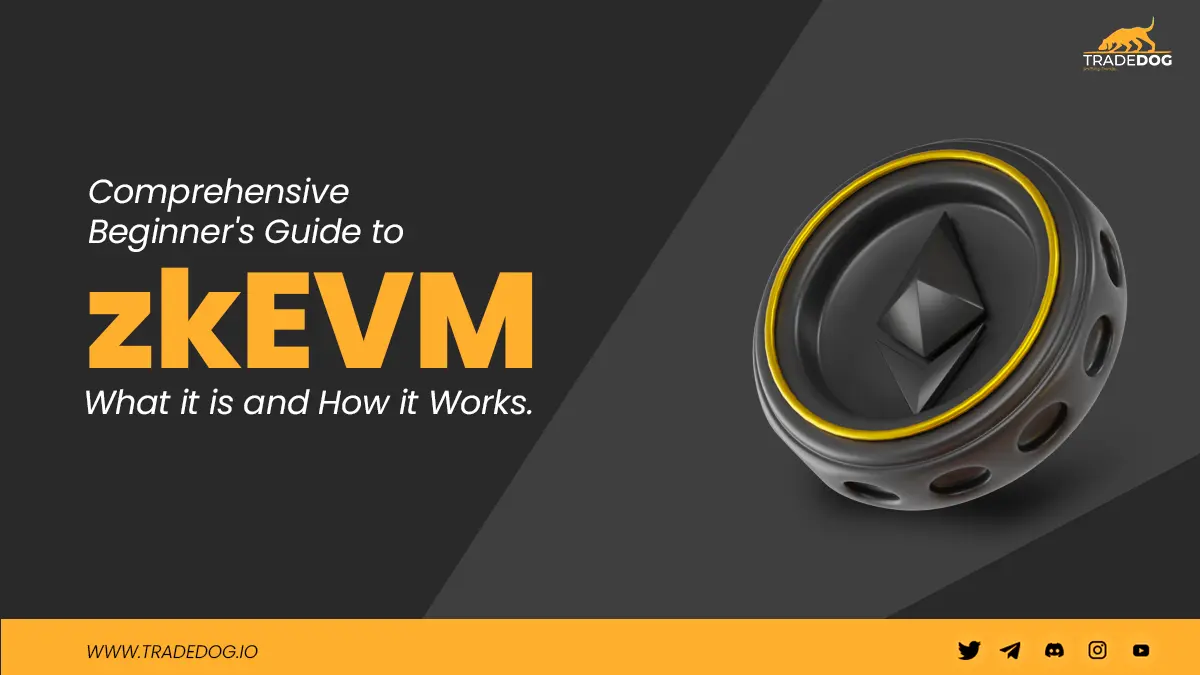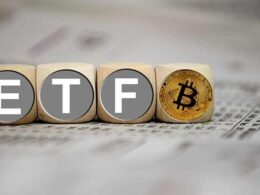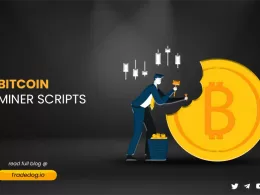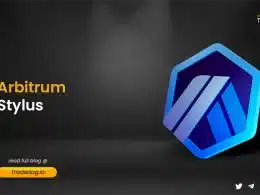The recent explosion in the popularity of decentralized finance (DeFi) on the Ethereum blockchain has caused a significant increase in network congestion and gas fees, making it difficult for developers and users to operate on the platform. As a result, developers have been working tirelessly to find solutions to these problems. The two most prominent scaling solutions that have emerged are optimistic rollups and zero-knowledge (zk) rollups.
While optimistic rollups have been the dominant force in the scaling race, zk-rollups are gaining traction as a promising alternative. They overcome some of the fundamental downsides of optimistic rollups by utilizing zk-proofs. Many, including Ethereum co-founder Vitalik Buterin, believe that zk-rollups are the future of Ethereum scaling.
Two prominent examples of zk-rollups that have emerged are zkSync Era and Polygon zkEVM. While both solutions aim to scale the Ethereum blockchain, they differ in some fundamental ways.
Differences between zKEVM and zKSync
There are notable differences between the rollup solutions announced by Polygon and zkSync Era. Polygon has unveiled an EVM-equivalent rollup called zkEVM, which is natively compatible with the Solidity language. This means developers can migrate their EVM smart contracts without needing to rewrite their code. Moreover, Polygon’s zkEVM runs almost identically to EVM, eliminating the need for a compiler. It also has a security council composed of seven signers, four of whom must approve any upgrades.
In contrast, zkSync Era has announced an EVM-compatible rollup that compiles code from various EVM languages like Solidity, Vyper, and more using its LLVM compiler. This allows for greater flexibility in language choice but may require some code rewriting. There is no security council currently, but they plan to implement one.
One critical rollup issue is data availability, the most scarce resource and a significant part of the transaction cost. Era stands out by publishing state diffs instead of transaction inputs, which provides benefits like data compression, frequent Oracle updates, and cheap privacy.
In contrast, Polygon zkEVM will use a hybrid model (Validium or Volition) where validity proofs are stored on-chain, while some data is stored on or off-chain. Additionally, zkSync Era focuses on faster proof generation through custom VM optimization. At the same time, Polygon zkEVM uses a Proof-of-Efficiency consensus mechanism and state machine cluster for greater prover efficiency.
Similarities between zKEVM and zKSync
- Both zkSync Era and Polygon zkEVM are new technologies that help Ethereum work faster and better. They are free to use and based on Ethereum.
- They make it easier for people to use cryptocurrency wallets by using Account Abstraction. This helps prevent the loss of crypto keys.
- Also, they can be upgraded quickly if there are any problems. This is because they don’t have timelocks on their contracts. It’s like being able to fix a problem with your computer right away instead of waiting a long time.
Conclusion
To sum up, both zkSync Era and Polygon zkEVM are useful for making Ethereum work better and faster. But they have some differences that developers need to think about. For example, Polygon zkEVM is easier to use, but zkSync Era has more advanced features that need a specific type of compiler. Either way, both technologies are important for making Ethereum better in the future. They’re both exciting developments that will help Ethereum grow and become even more useful.





